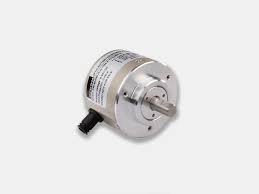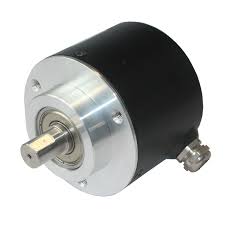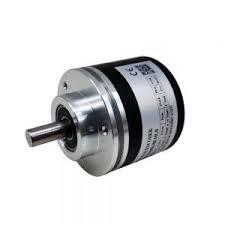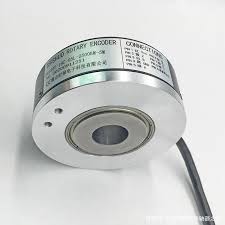Advantages
Count (N): The total amount of the count (bar and window) as a pair among per rotation.
Cycle (C): it indicates the fully one cycle of the electrical degrees measured as 360 °e degree.
Cycle Error (ΔC): The deviation in the electrical degree among the pulse width against its ideal value. It's the symbol of the uniform cycle.
Pulse Width (P): Normally it refers to the "HIGH" number of electrical of the output during the one cycle.
Pulse Width Error (ΔP): The deviation in the electrical degree among the pulse width against its ideal value about 180 °e degree.
State Width (S): The number of electrical degree between Channel A and Channel B as a result of the transition in the output state. There are 4 states per cycle from the output of Channel A and Channel B. For each states nominated at 90 °e (S1-S4).
State Width Error(ΔS): The deviation in electrical degree among each of states width upon the ideal 90 °e.
Phase (φ): The number of electrical degrees between the centre of the high state on channel A and the centre of the high state on channel B. This value is nominally 90 °e (the signals A and B can be used for quadrature
Phase Error (Δφ): The deviation in electrical degrees of the phase from its ideal value of 90 °e.







